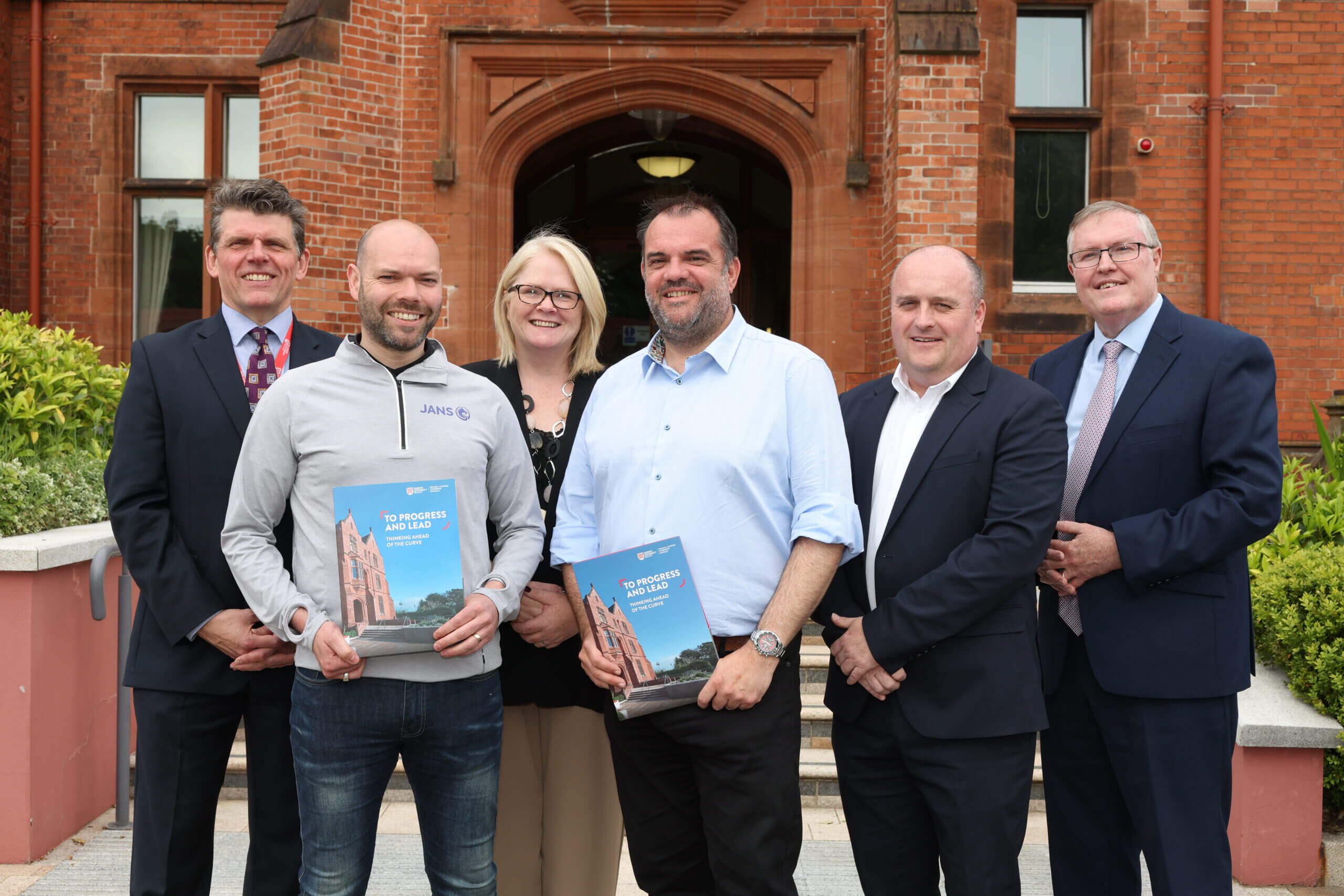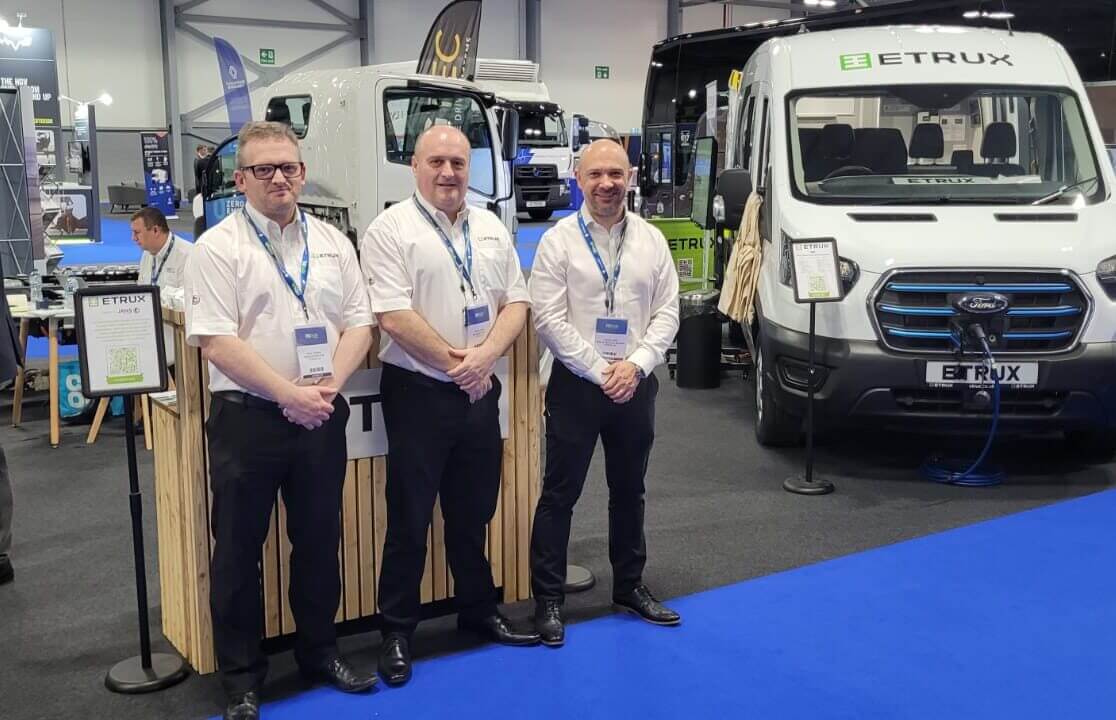There are over 840,000 fully electric vehicles on the roads in the UK, and around a third of the drivers say that they have experienced range anxiety. So, what is range anxiety and what is being done or what can be done to eliminate it?
Range anxiety is that feeling of dread when EV drivers consider driving long distances. It’s the fear of running out of power whilst driving and ending up stranded by the side of the road with no access to a charging point.
What Causes Range Anxiety?
There are two main factors that cause range anxiety, the first one is the public’s perception that there is a lack of public charging points available. Not all EV users are fortunate enough to have charging points at home or at the workplace and therefore they rely heavily on the public charging infrastructure.
Secondly, there is a lack of fast charging points which are accessible to the public. This was highlighted as a major problem last Christmas when charging points on the motorways were overwhelmed and there were queues of Tesla cars as families tried to travel across the width and breadth of GB to visit relatives.
So, what is the UK Government doing to improve the EV infrastructure?
As stated earlier, there is a misconception that public EV charging points are very few and far between. There are more than 61,000 public charge points across the UK at over 22,000 locations and that’s more charging points than there are fuel stations but is it enough?
Given that the UK government has made a commitment to cease the production of petrol and diesel cars by 2030, it recognises that it must invest heavily in the EV charging infrastructure to gain public support, ease concerns and most importantly meet carbon zero targets.
To date £1.6BN has been invested to help expand the UK charging network. £950M of this will go towards the rapid charging fund which will see improvements across motorways and major roads over the next six months. This includes plans to implement at least six rapid charge points at every motorway service station across England by the end of 2023. And a further £20M is being invested to providing 1,000 new electric vehicle charge points in areas across the country where infrastructure is lacking the most.
This substantial investment by the UK government will have a massive positive impact on the UK’s efforts to meet their net zero targets and the advancements in the EV charging framework alone will see the transition from carbon to zero emissions become more obtainable and realistic.
The transition simplified
With more resources available for the public to avail of, drivers will feel much more confident about switching from fuel to electric vehicles and range anxiety will be no longer a common term.
However, for transport managers, who are under immense pressure to meet their company’s ESG strategies, transitioning their entire commercial fleets to zero emissions may be a somewhat daunting and overwhelming concept.
At ETRUX, we understand that fleet managers are facing many challenges which include the uncertainties around the capabilities of electric vehicles, along with productivity and efficiency posing a major factor.
That’s why at ETRUX, we have developed our ground-breaking EVolve programme to help simplify the transition to net zero fleets.
Not only does the EVolve programme help you with the initial change of your fleet, but our four-phase model ensures your organisation has professional guidance throughout the entire process. The four phases include a fleet feasibility study that will provide a road map for your organisation, where we help you source the right vehicles and charging solutions to suit your organisation’s needs. We also help to maintain your vehicles and manage fleet end of life disposal.
Thinking and planning ahead is essential in today’s marketplace so to find out more about our EVolve programme email info@etrux.co.uk.
etrux.co.uk




